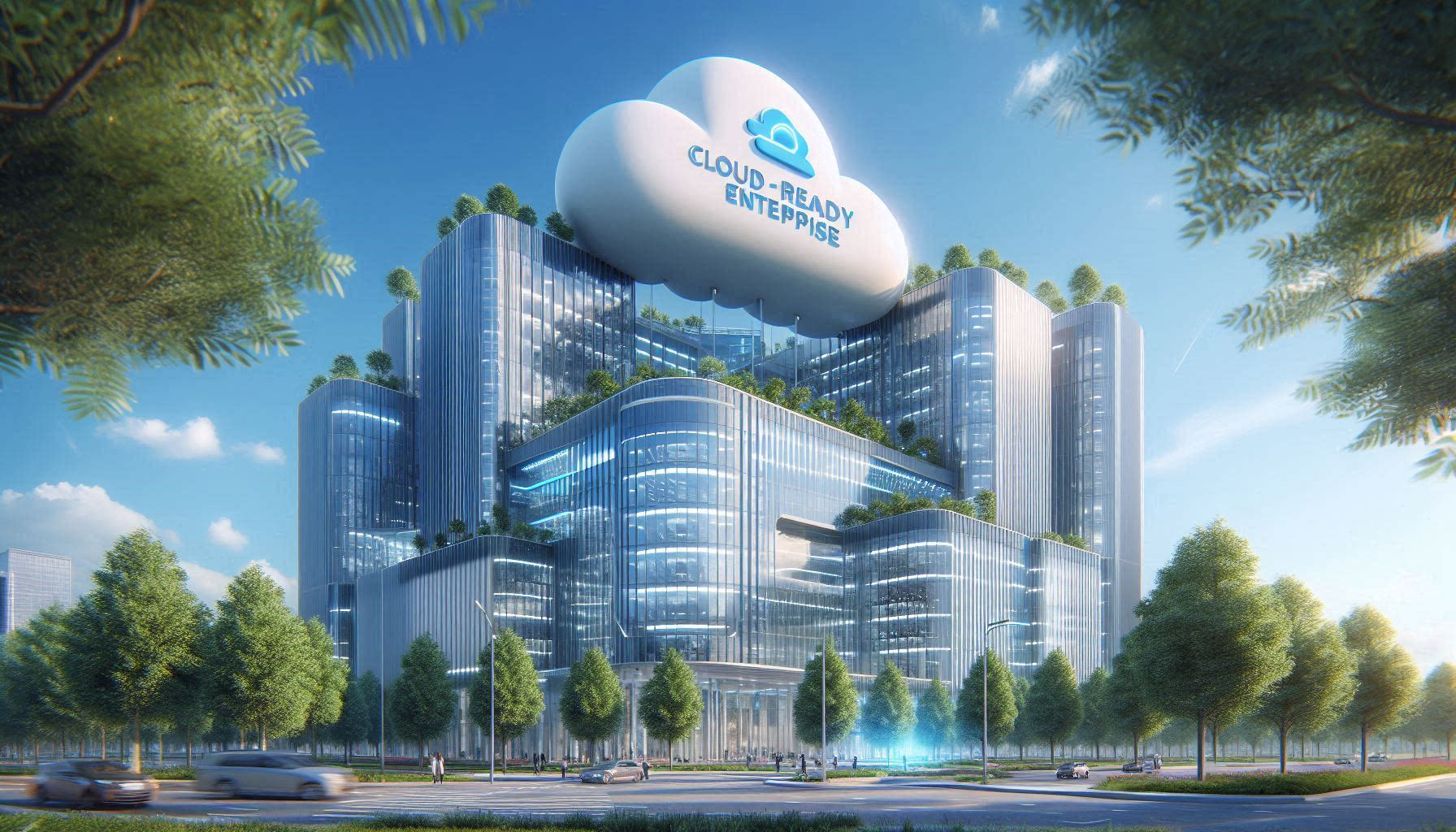Tag: scalability
-

Cloud-Ready Enterprise Architecture: Designing for Scalability and Resilience
Scalability is the ability of a system to handle varying workloads by dynamically adding or removing resources. A well-designed cloud app scales seamlessly, accommodating both single users and surges in traffic
-

Leveraging Edge Computing for Enhanced Performance and Scalability
Introduction Edge computing has emerged as a pivotal paradigm in the realm of computing, offering transformative benefits that significantly enhance performance and scalability. Shifting the burden of computing to the edge involves processing data closer to the source, thereby minimizing the need for long-distance communications between edge clients and servers. In this article, we delve…
-

Scaling Applications on Kubernetes with Monitoring, Backup, and Storage
Kubernetes, a platform for managing scalable, containerized applications, employs horizontal and vertical pod autoscaling for application scaling. It also uses tools like Prometheus for monitoring, Velero for backup and restore, and Persistent Volumes (PV) and Persistent Volume Claims (PVC) for storage. Utilizing these features, alongside proper monitoring and backup, can significantly enhance application performance, reliability,…
-

Maximizing Cost Efficiency: How Kubernetes Streamlines Cloud Operations for Businesses
Learn how Kubernetes, an open-source container orchestration platform, optimizes cloud resources, reduces downtime, and enhances developer productivity, leading to significant cost savings for businesses. Explore the benefits of Kubernetes, its vendor-agnostic nature, and the robust community support it offers.
-

Building a Modern IT Architecture: Challenges and Solutions
In today’s digital age, having a modern IT architecture is essential for any business that wants to stay competitive and innovative. But building such an architecture is not an easy task, and it comes with a set of challenges that must be addressed. In this blog post, we will explore some of the challenges and…
-

Exploring the Benefits and Challenges of Implementing Blockchain in Enterprise Solutions
Blockchain is a decentralized digital ledger technology that is used to record transactions securely and transparently. The technology has gained a lot of attention in recent years, and businesses are starting to explore the potential benefits and challenges of implementing blockchain in enterprise solutions. In this guide, we will explore the benefits and challenges of…
-

A Structured Approach to Migrating Legacy Applications: Using ArchiMate and TOGAF PT. 2
Migrating a legacy application to a new environment is a complex process that requires careful planning and execution. The process can involve several steps, including assessing the current architecture, defining the target architecture, and developing a migration plan. In this article, we will discuss how to use ArchiMate and TOGAF to create a step-by-step migration…
-

A Structured Approach to Migrating Legacy Applications: Using ArchiMate and TOGAF PT.1
This article will discuss a structured approach to migrating legacy applications by following these steps
-

Blockchain’s Potential Fully Realized: NFTs, DeFi, Traceability, Identity, and Self-Sovereignty Transforming Industries
In this article, we will explore the potential of blockchain technology and how it could revolutionize various industries. We will examine some of the latest trends in the blockchain space, such as non-fungible tokens (NFTs), decentralized finance (DeFi), traceability, identity, and self-sovereignty. We will also look at some real-world examples of how blockchain is being…
-

The Future of Software Architecture Consulting: Trends to Watch Out For
Software architecture consulting is a vital aspect of the software development industry. The role of software architecture is to ensure that the software being developed meets the required standards, is scalable, maintainable, and efficient. In recent years, the demand for software architecture consulting has increased as companies seek to improve their software development processes and…